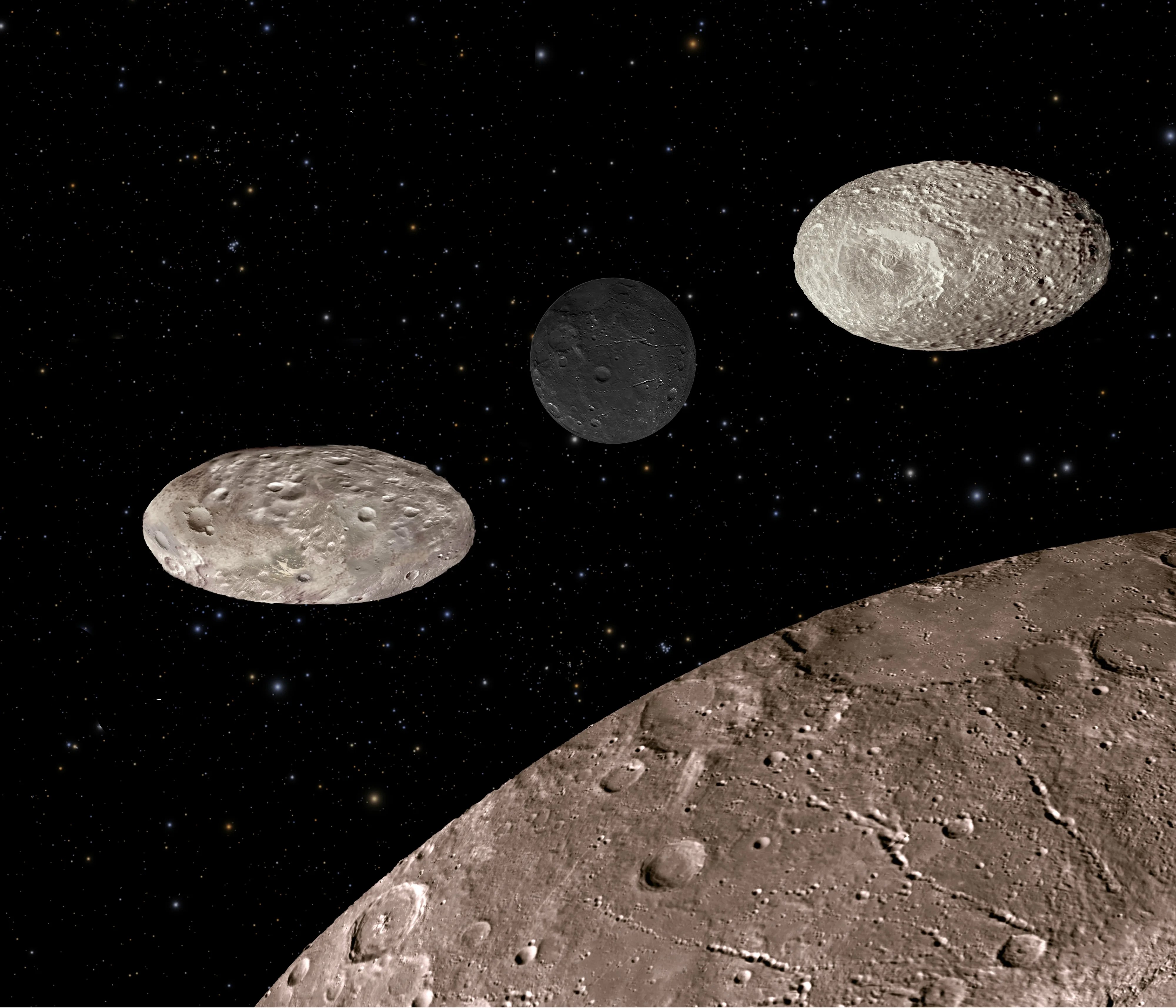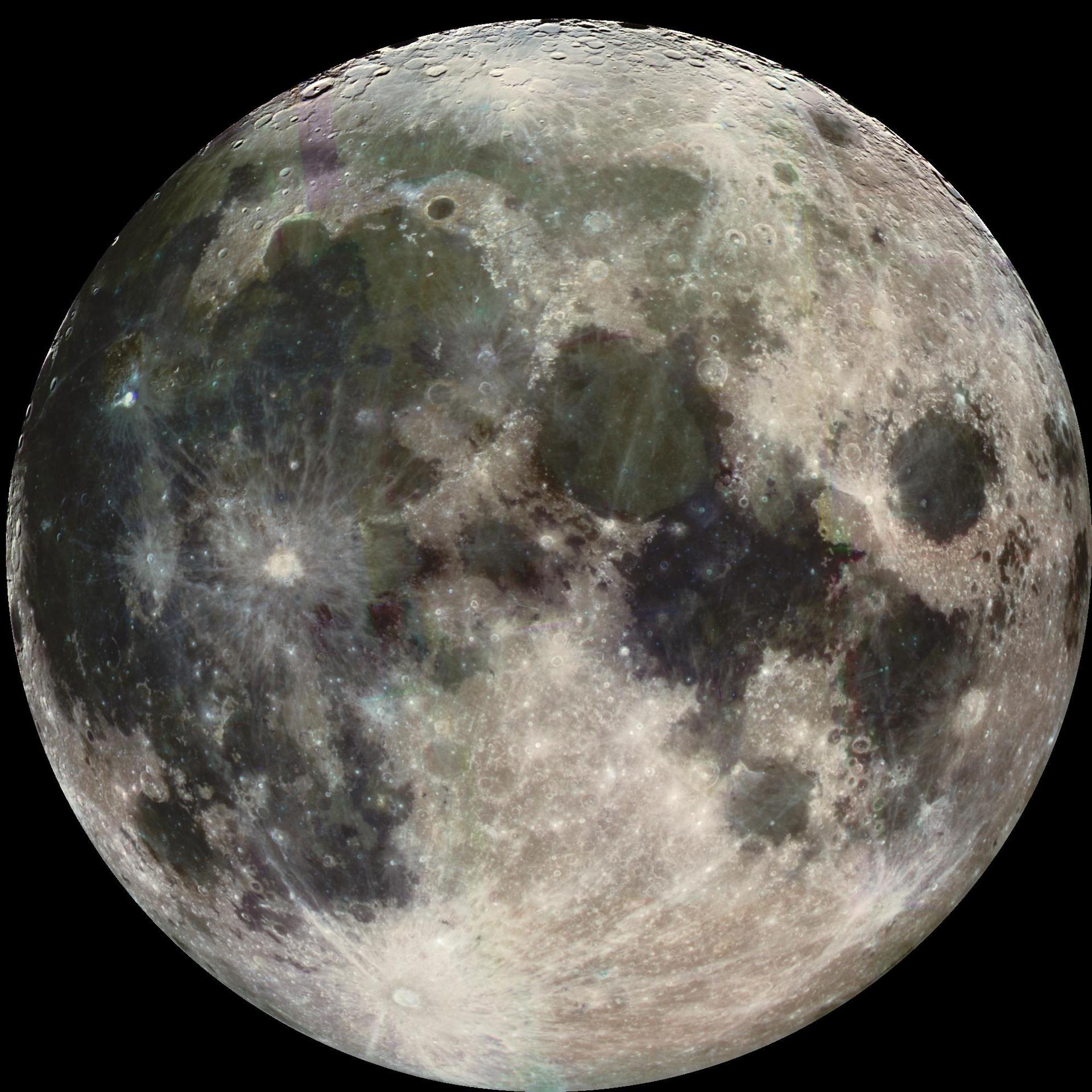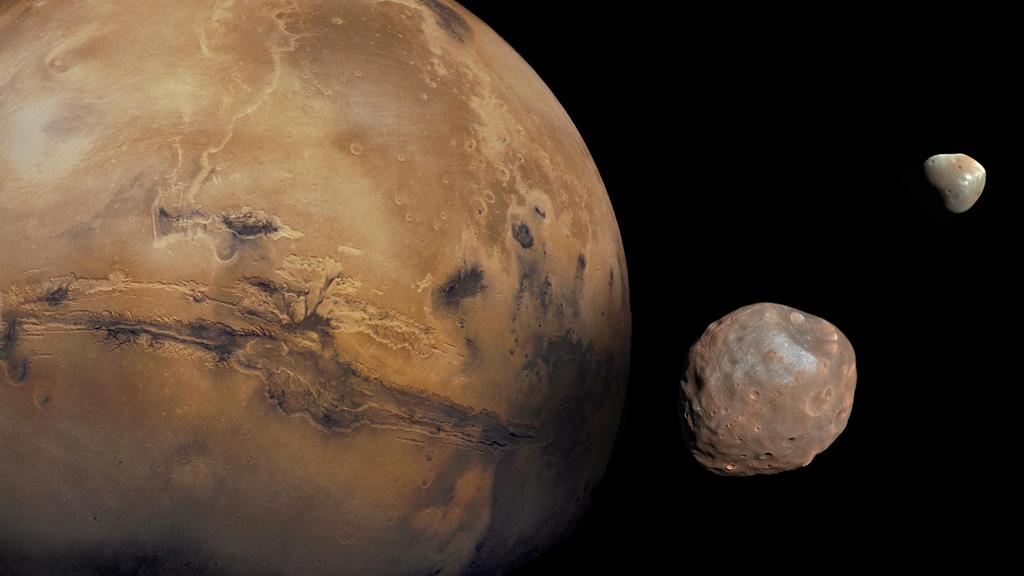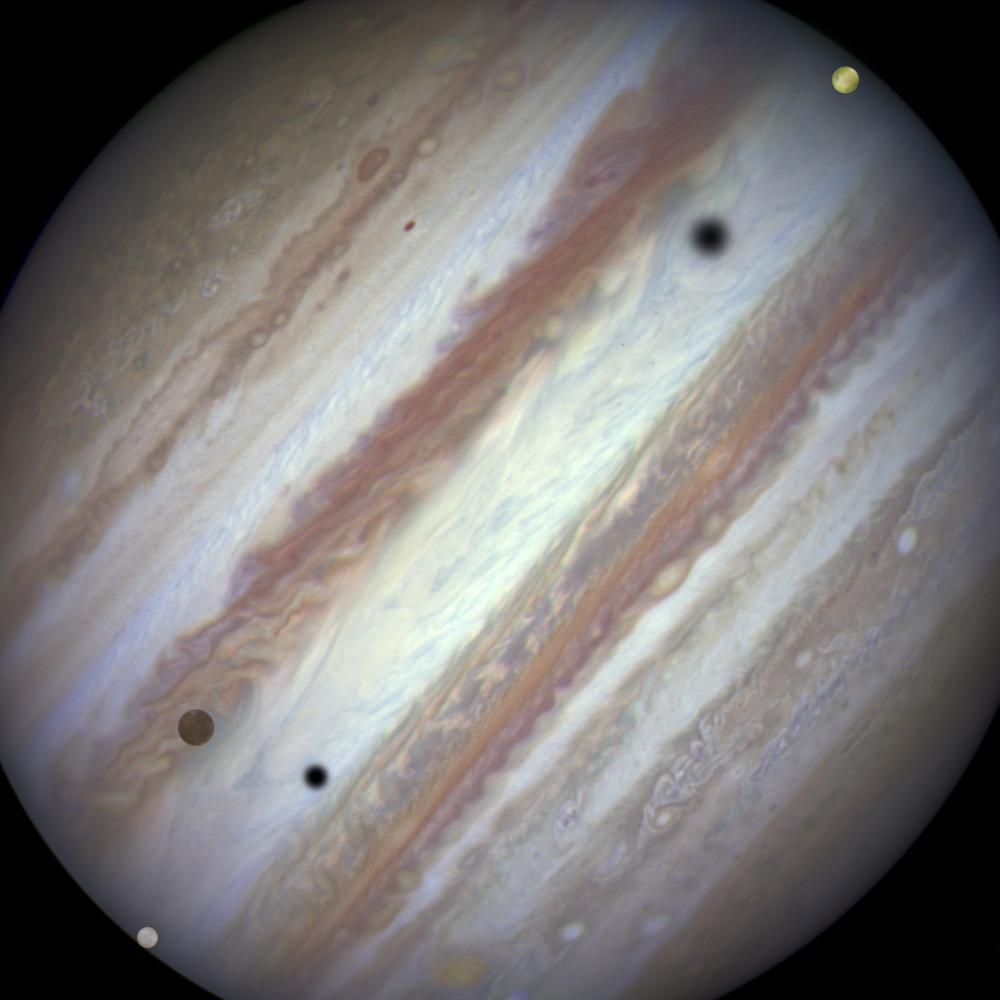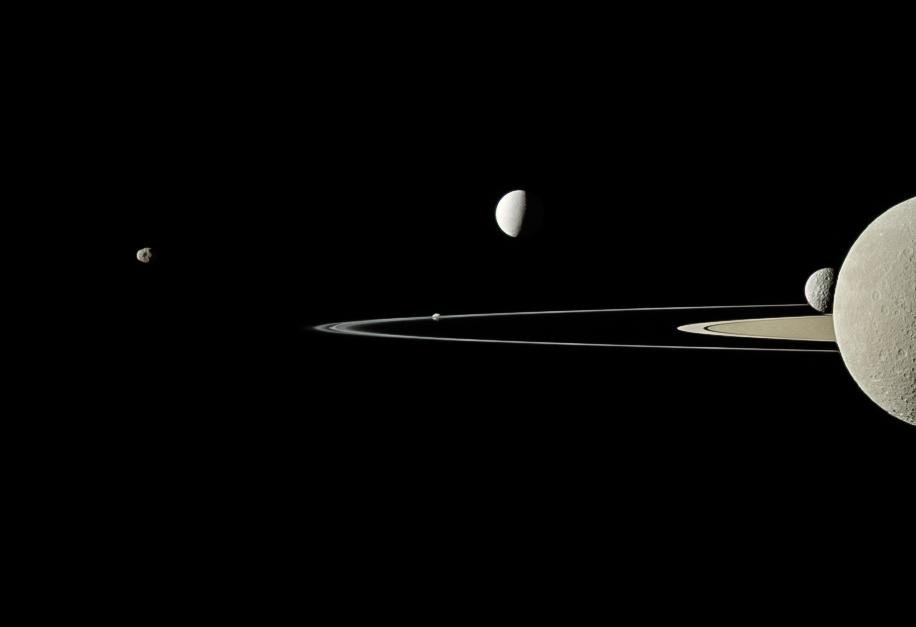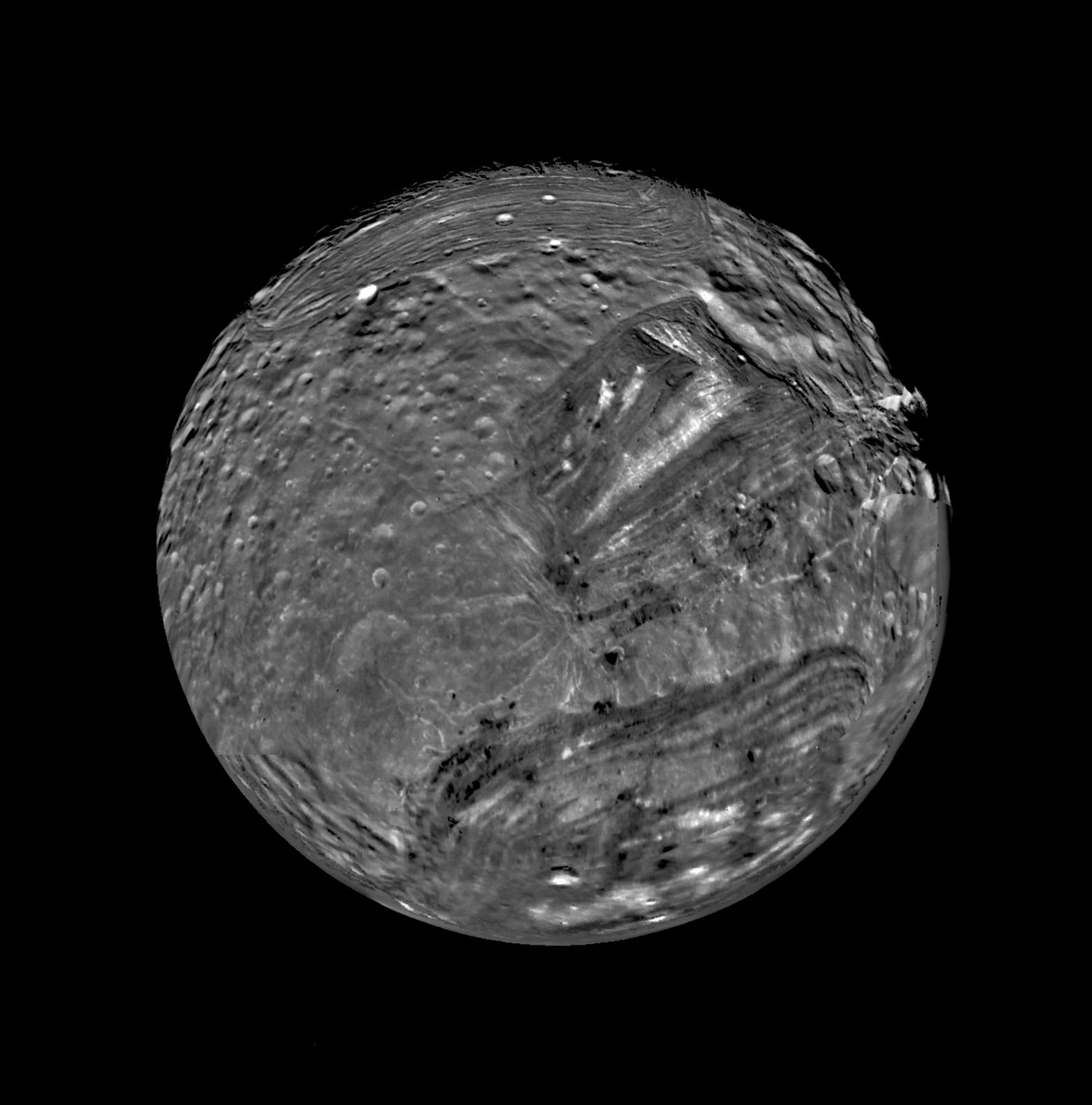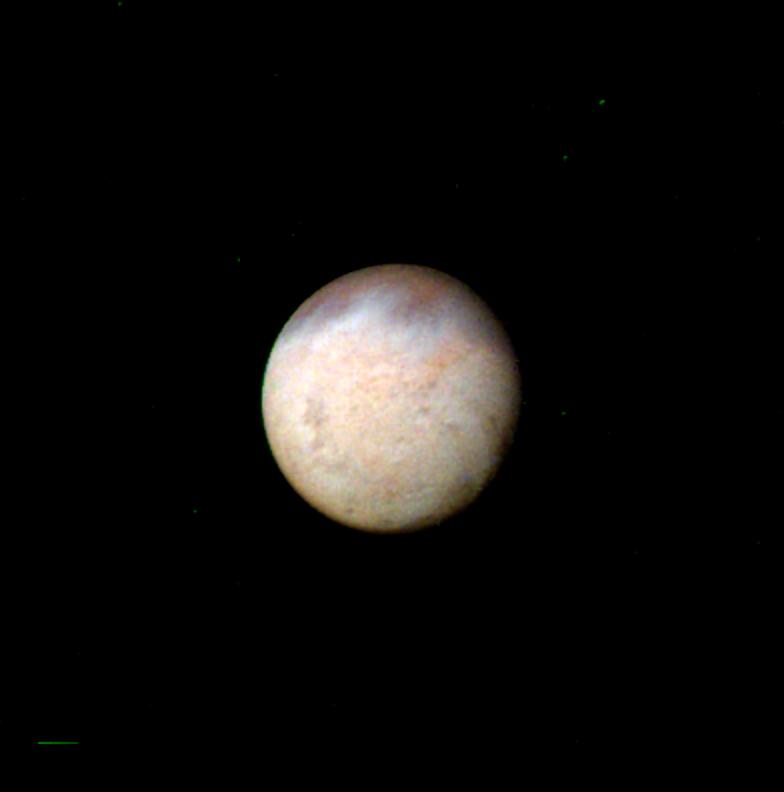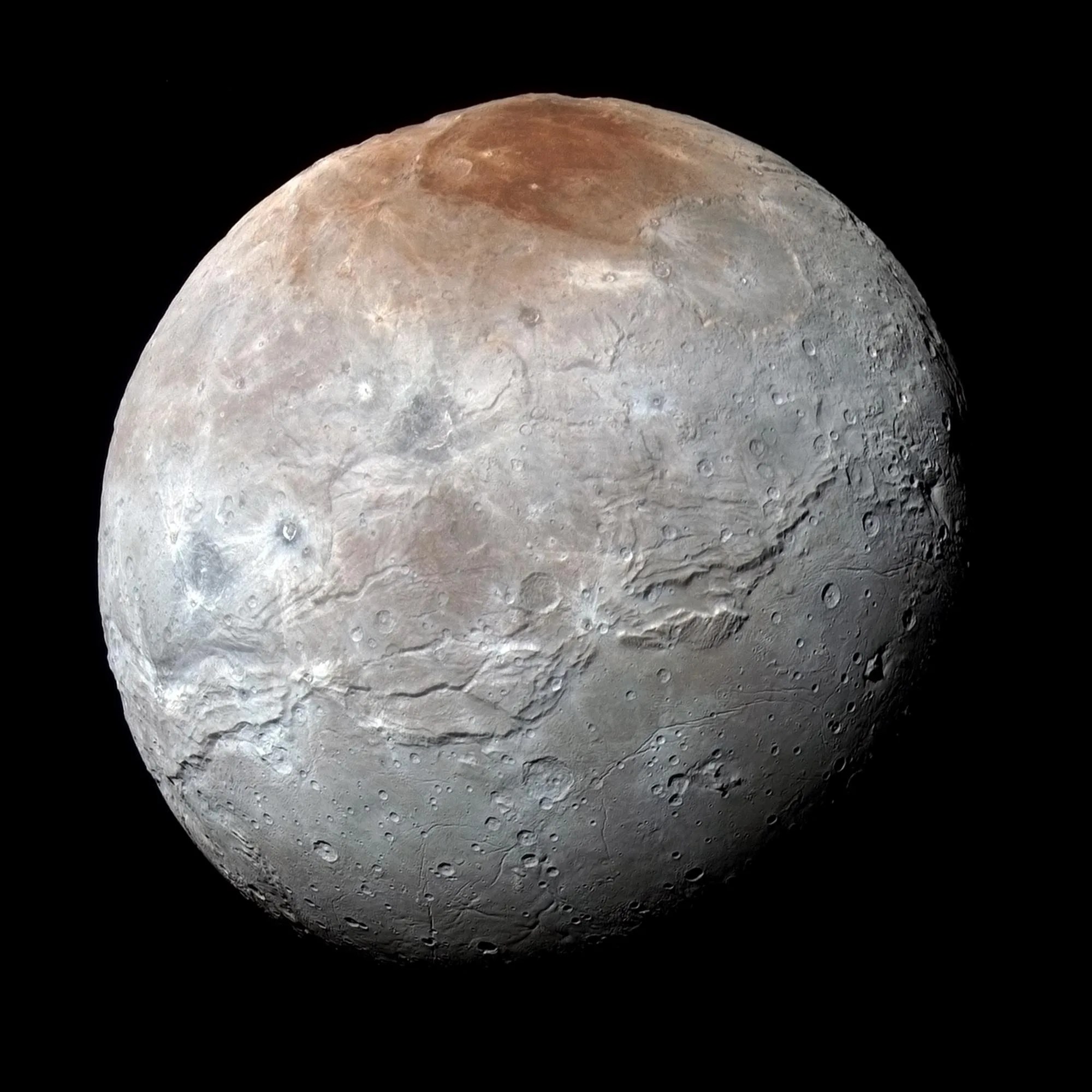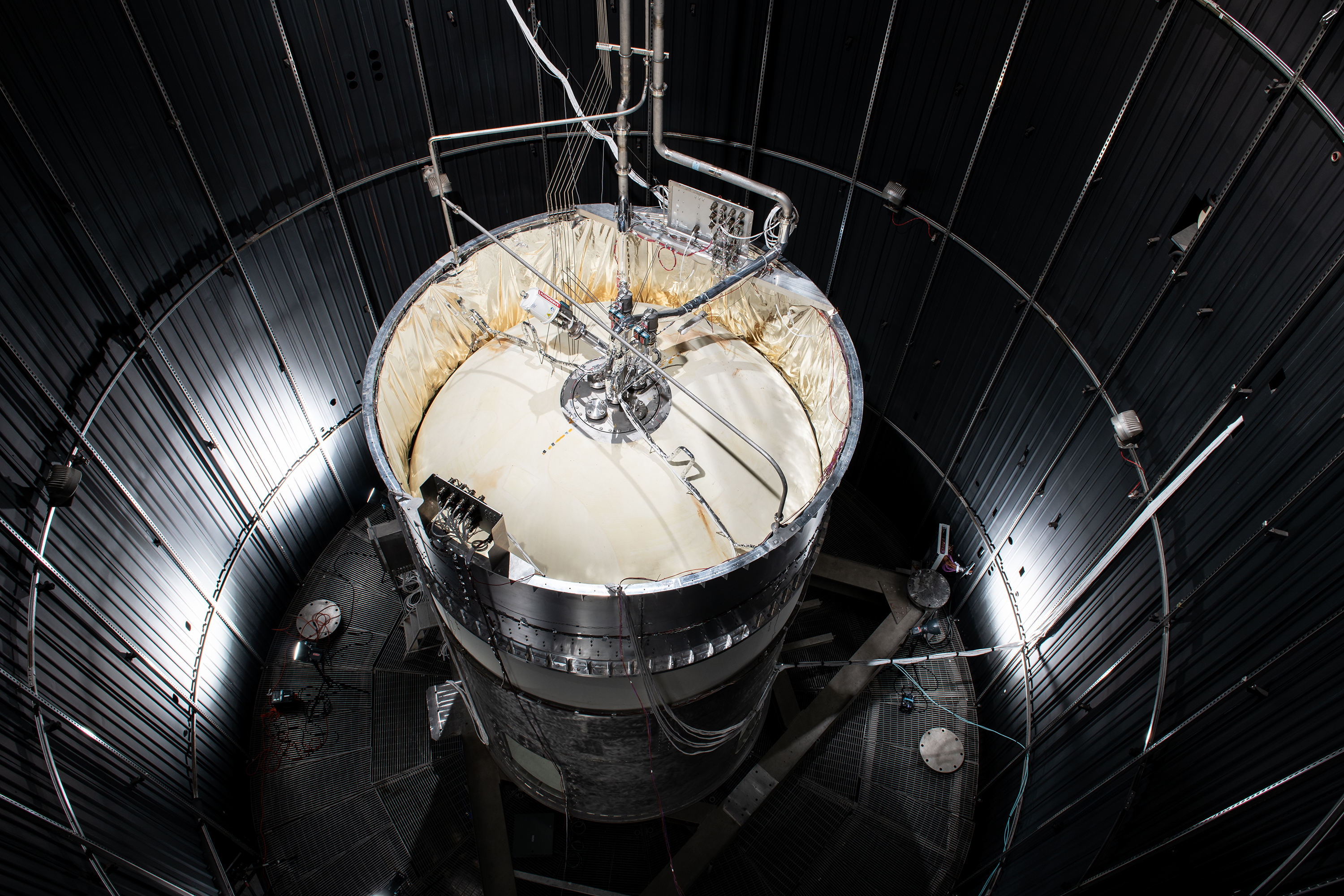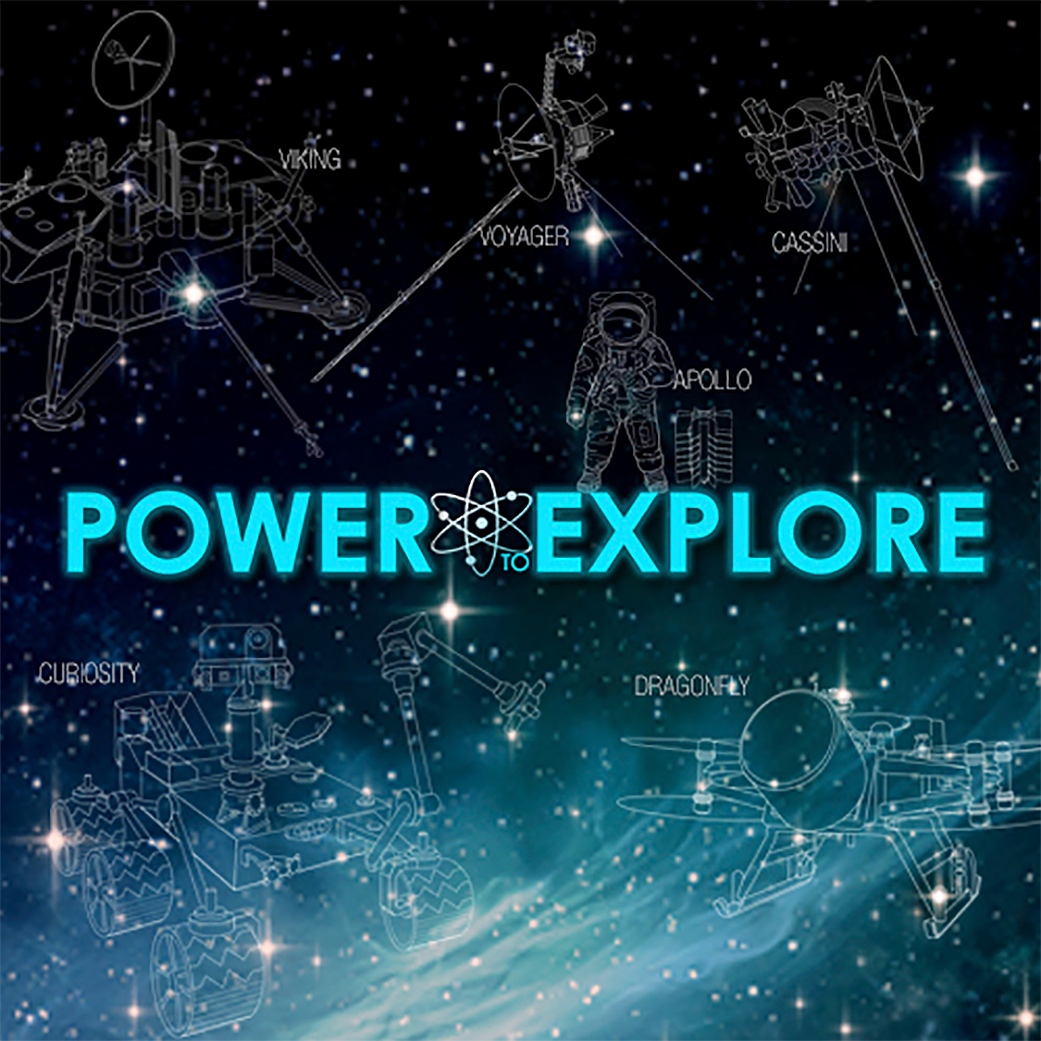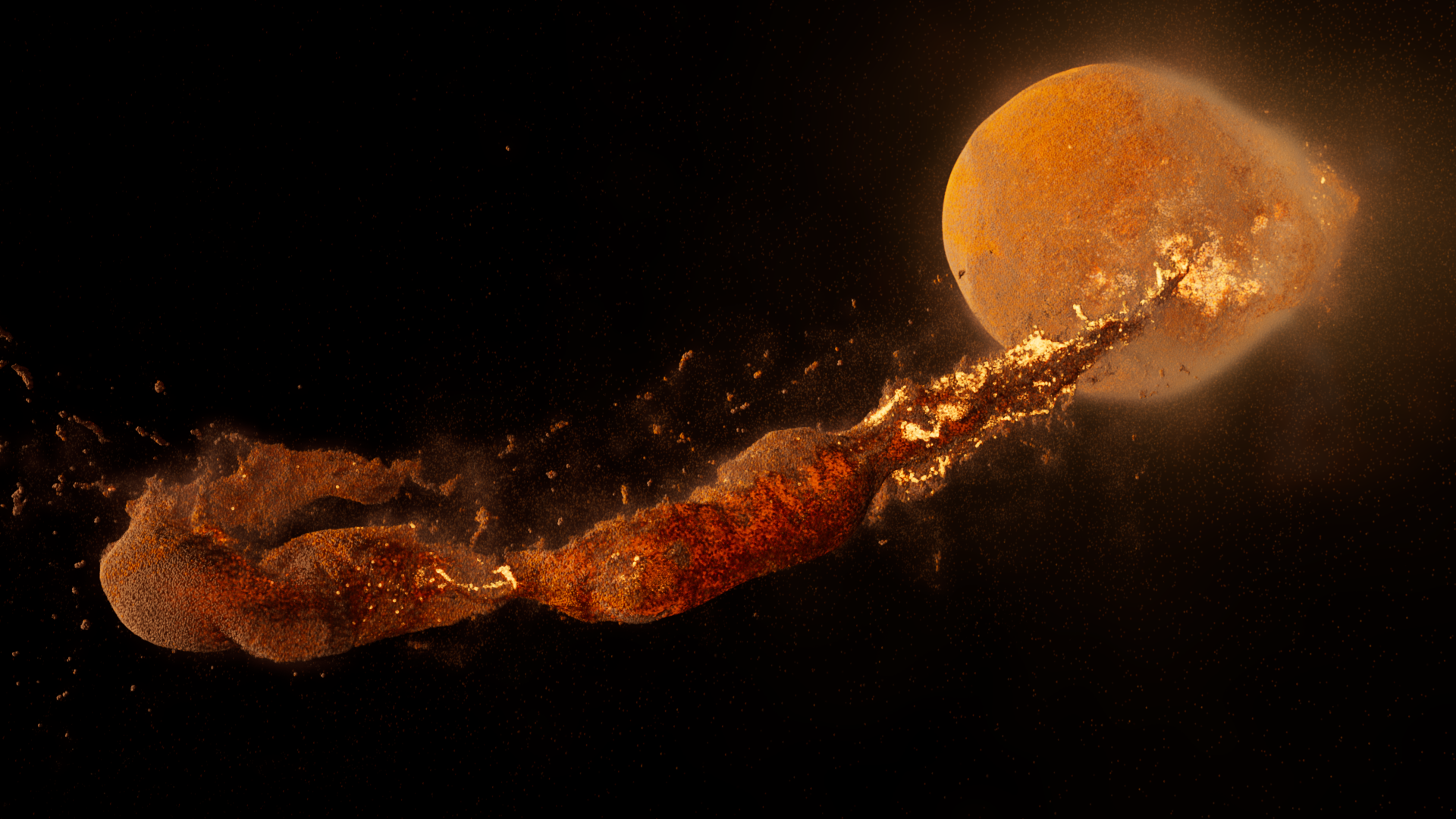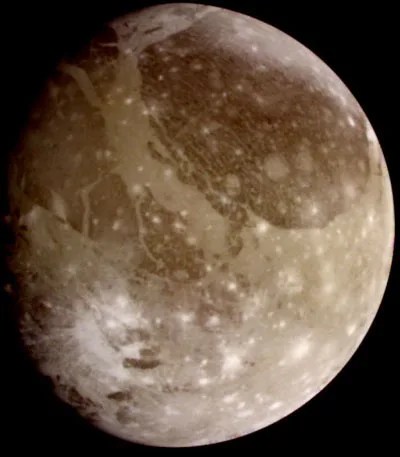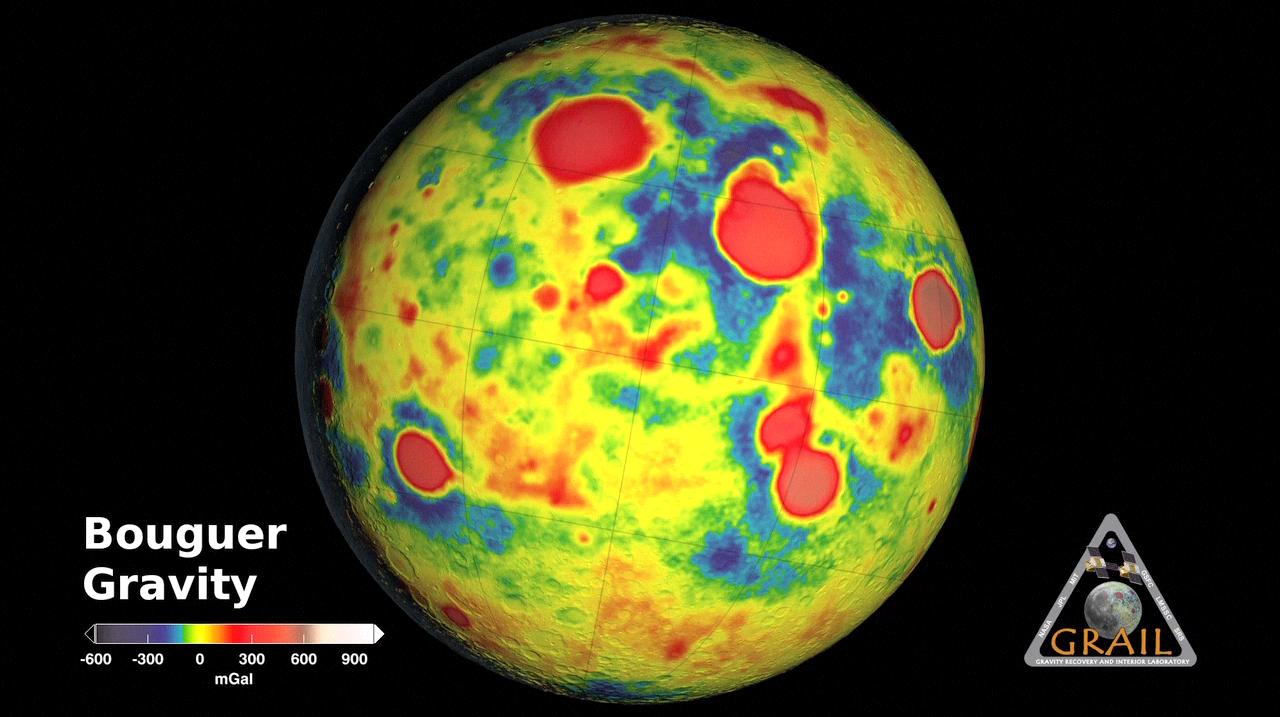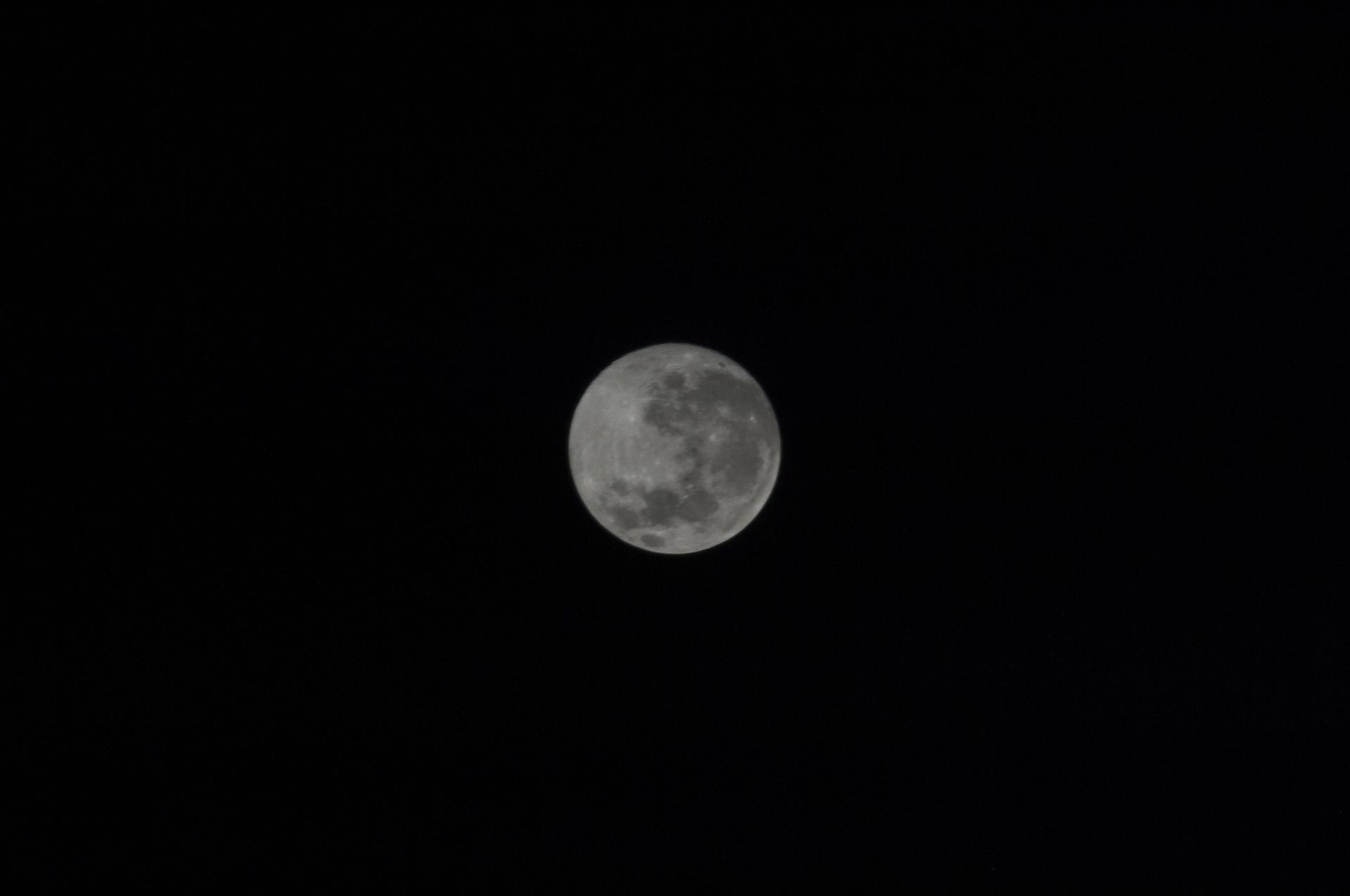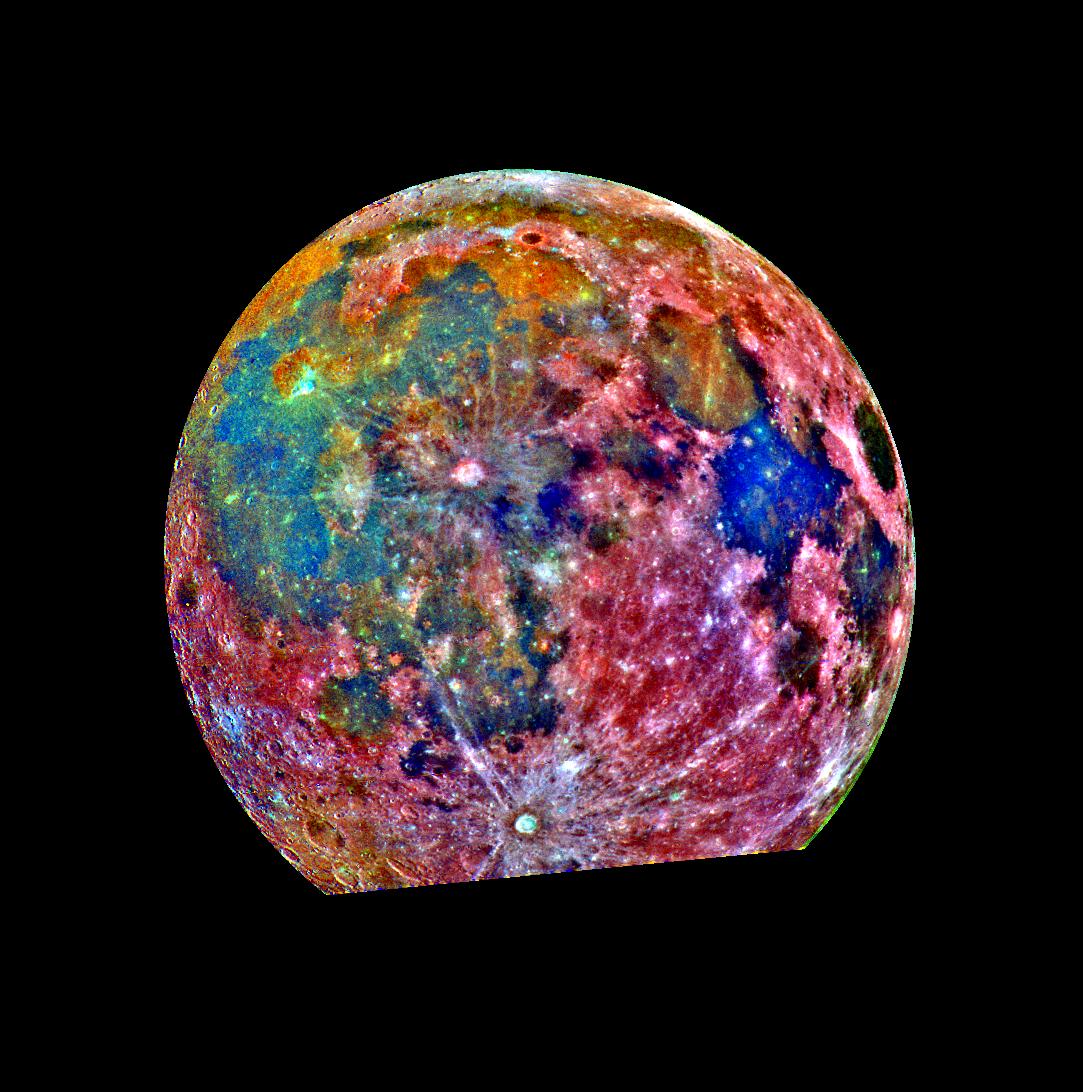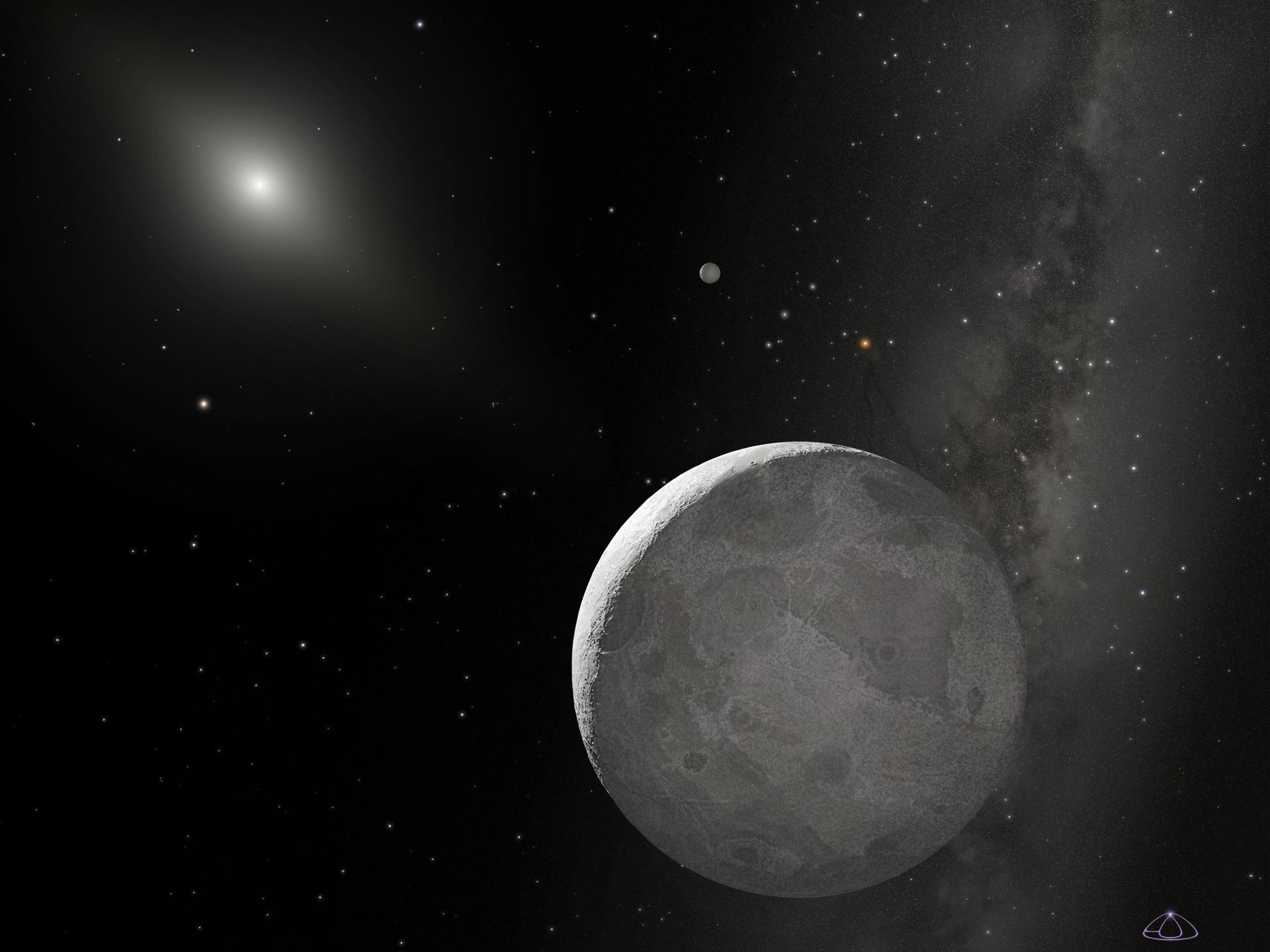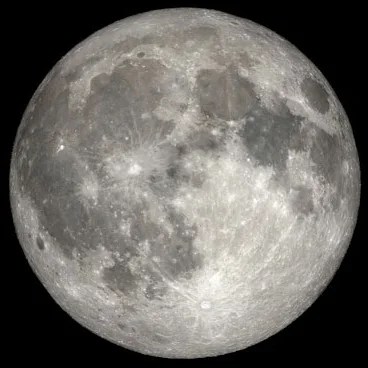How Many Moons Are in Our Solar System?
Naturally-formed bodies that orbit planets are called moons, or planetary satellites. The best-known planetary satellite is, of course, Earth’s Moon. Since it was named before we learned about other planetary satellites, it is called simply “Moon.”
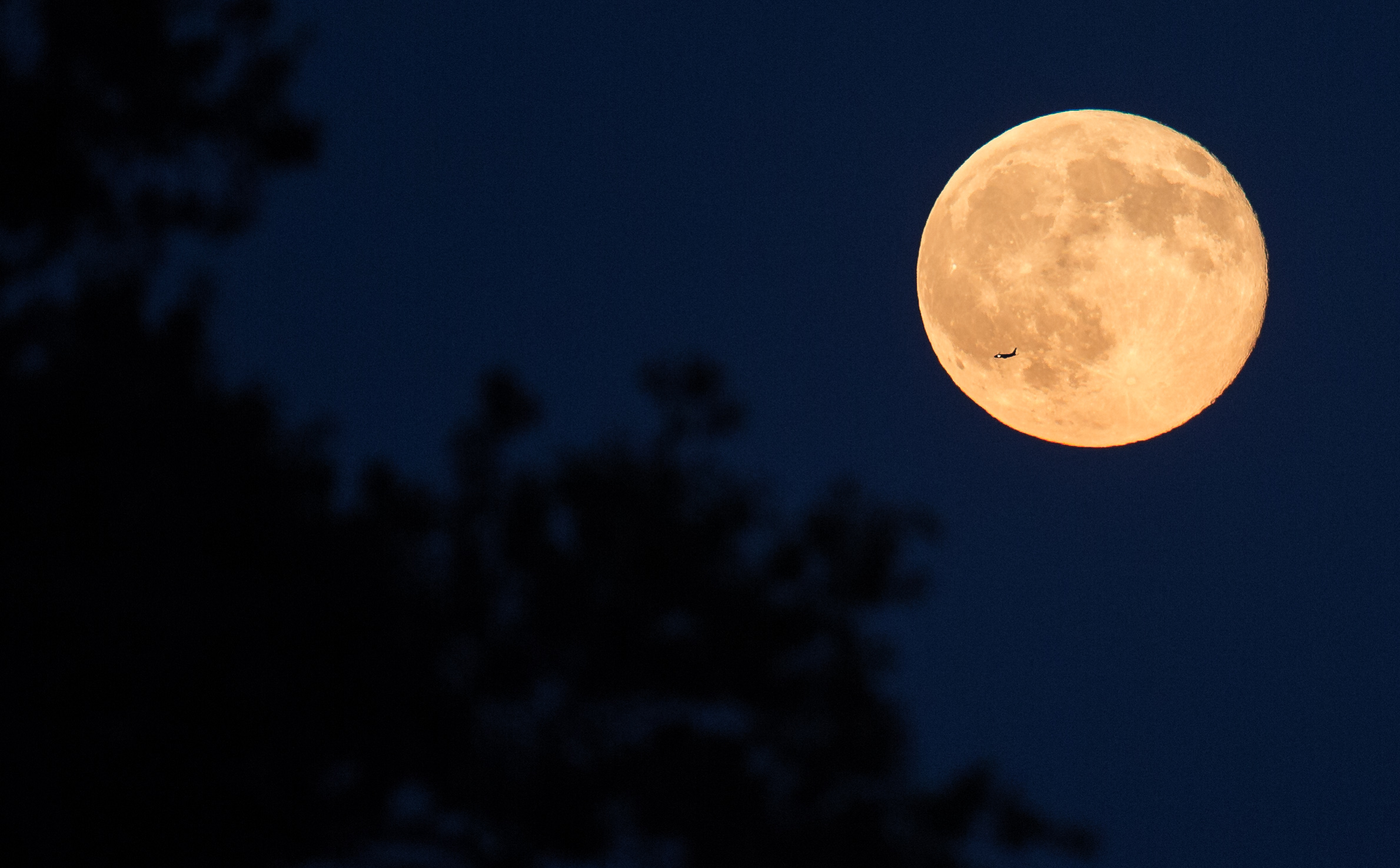
According to the NASA/JPL Solar System Dynamics team, the current tally of moons orbiting planets in our solar system is 293: One moon for Earth; two for Mars; 95 at Jupiter; 146 at Saturn; 28 at Uranus; 16 at Neptune; and five for dwarf planet Pluto.
Astronomers also have documented more than 470 satellites, or moons, orbiting smaller objects, such as asteroids, dwarf planets, or Kuiper Belt Objects (KBOs) beyond the orbit of Neptune. These moons are called small-body satellites.
Most planetary moons probably formed from the discs of gas and dust circulating around planets in the early solar system, though some are captured objects that formed elsewhere and fell into orbit around larger worlds.
Scientists are very good at spotting tiny moons orbiting distant, giant planets. So many tiny moons have been found that the International Astronomical Union, which governs official names of planets and moons, will no longer name the smallest moons unless they’re of “significant” scientific interest. There are likely thousands more moons awaiting discovery in our solar system.
Moons in Our Solar System
Moons Stories
Moons in our Solar System
NASA’s Hubble Finds Pluto’s Moons Tumbling in Absolute Chaos
If you lived on one of Pluto’s moons, you might have a hard time determining when, or from which direction,…
Read the Story